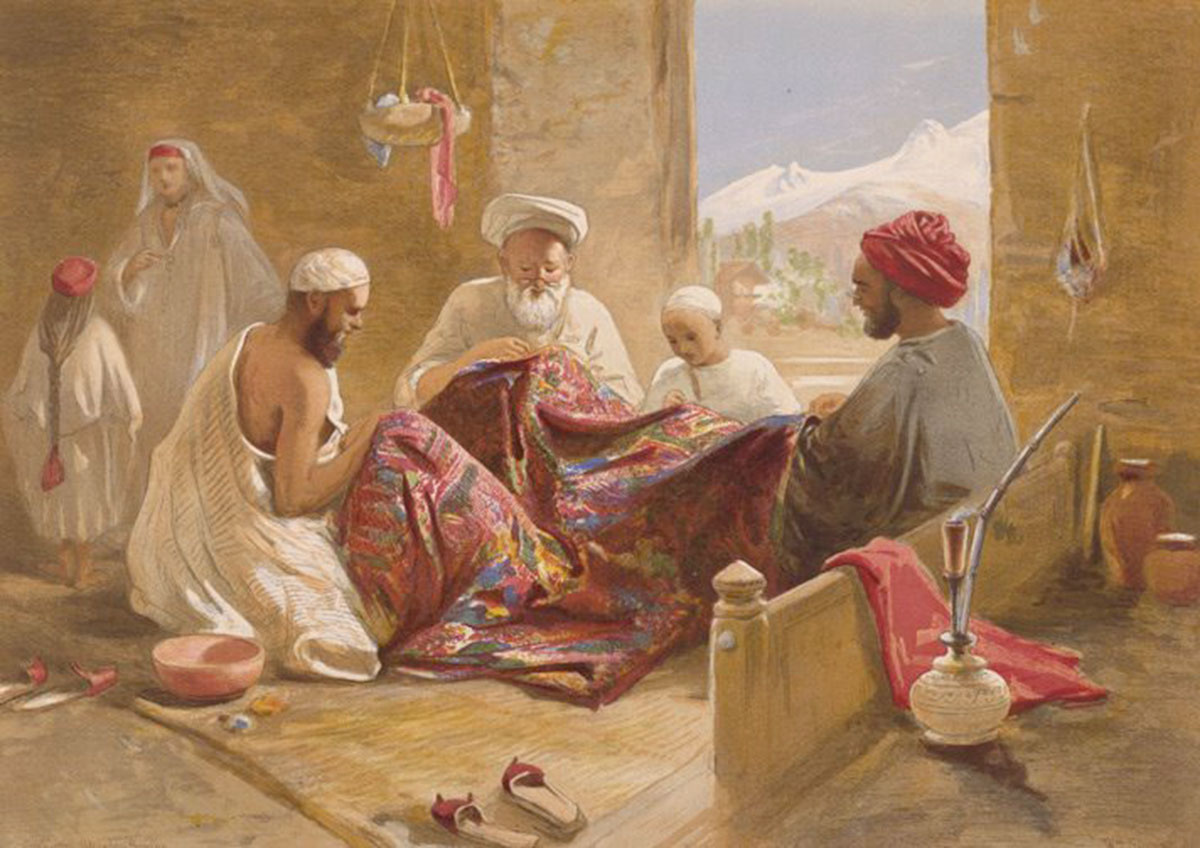For most of the history especially after Sikhs replaced Afghans in Srinagar, most of the migrants from Kashmir were making Amritsar their home. These migrations were the outcome of the suppression and massive taxation by the despots ruling the vale. At one point of time, the Amritsar was the most sought after destination after Srinagar for procuring the Kashmir handicrafts. The East India Company patronised this craft in Amritsar to manage its markets. The participation of the Kashmiris in the local governance and society was immense for more than a century. Here in this piece, an official document of British India, the state and status of the Kashmir community is discussed briefly.

The Kashmiris have diminished largely in numbers since 1881. This is partly real, owing to the sickness in the city, and partly due to the decay in the shawl weaving trade. They are universally Muhammadans and mostly resident in Amritsar city. They are almost entirely immigrants from Kashmir and engaged in weaving and in carpet factories.
In person, the Kashmiris are slight, narrow-chested, and weak, possibly from the nature of their employment. They have sharp Jewish features. But the women when young are generally handsome.
Leading citizens of Amritsar include… Sheikh Sadiq Hasaan, MLA, head of an influential Kashmiri family and president of the Anjuman Islamia.
Brass-ware is wrought in considerable quantities and exported. Here are two distinct schools of metalwork in the city, one producing usual brass, and copper-ware of the plains, and the other the tinned and chased copper peculiar to Kashmiris which is made for the use of the large colony of Kashmir, by their compatriots. Of the first, there is not much to be said.
The type of the Kashmir work is a large copper samovar with a bare admitting air to a charcoal stove which occupies the centre of the vessel. This form is of course an importation. Salvers or thali are also made in copper which is tinned and enriched by concentric bands of ornament cut through the tin into the copper ground. When new, the effect of the red lines on the dull white ground is not unpleasing.
Pashmina which occupied pride of place in the last edition of the Gazetteer has been ousted by the power looms introduced by the woollen mills. For many years Amritsar was famous for the manufacture of very fine shawls which were made from the finest wool (pasham) from Tibet and Kashmir. This industry has almost ceased to exist but today there are in Amritsar a number of factories where a less fine quality of shawl is woven.
The Pashmina shawl industry was practically killed by shawls imported from France and Germany which were nice-finished and were considerably cheap than the local article. About ten years ago, however, alterations in the tariff duty on shawls and wool yarns were made which resulted in merchants here being able to import yarn, manufacture shawls locally and sell them cheaper than the French or German shawl. An impetus to the shawl weaving industry was thus given and factories engaged in this work have increased considerably of late.
The woollen yarn from which these shawls were made was at first imported from France and Poland but for the past few years the bulk of the imported yarn has come from Japan with which country these others are unable to compete.
The shawls are made in lengths of 6 to 6 1/2 yards and are sold by weight.
Pieces of 27, to 30 yards are also made then cut into the required length. Local wholesale merchants buy the shawls or shawl cloth from the factories and have them cleaned, washed and dyed in various colours. Thereafter they are embroidered.
Most of the embroidery is done in two mills which were started a few years ago for this purpose. The finer work, however, is done by Kashmiri Muhammadans in their own homes and when specially fine embroidery is required the shawl cloth is sent to Kashmir to be embroidered there. The chief markets for local Shawls are Bengal, Madras and other provinces of India.
(These passages are excerpted from Punjab District Gazetteers, Amritsar District. Authored by A Macfarquhar, it was published in July 1947.)















